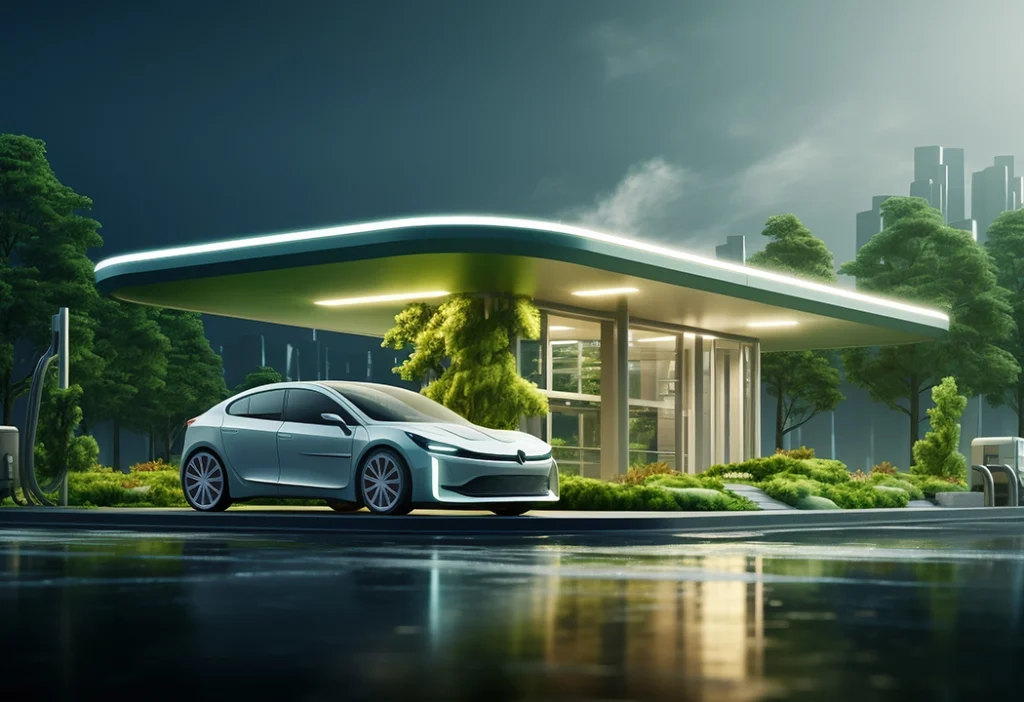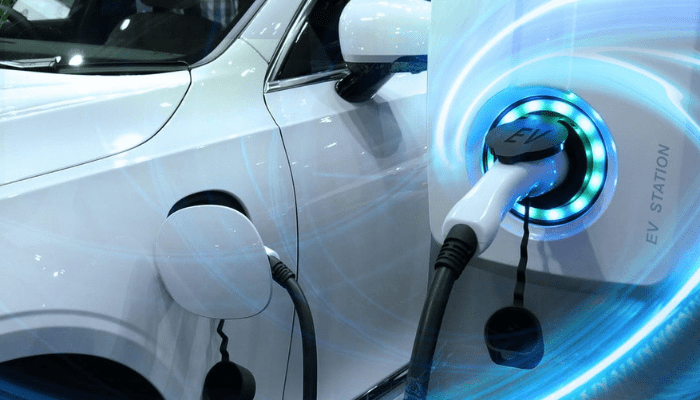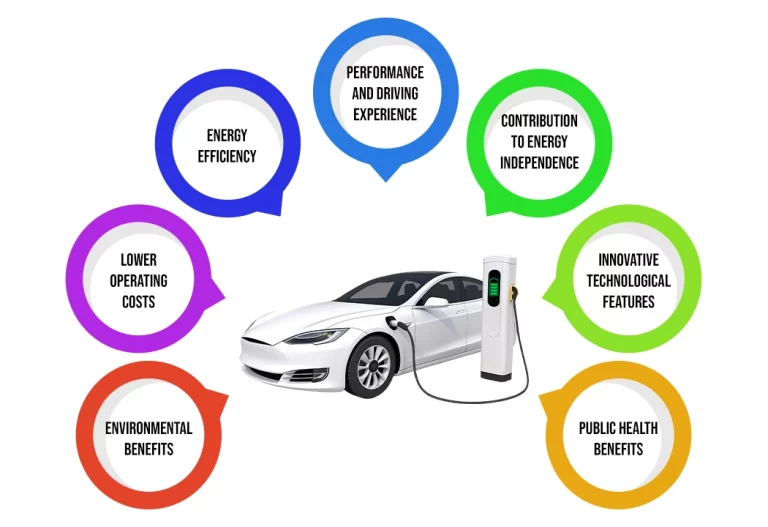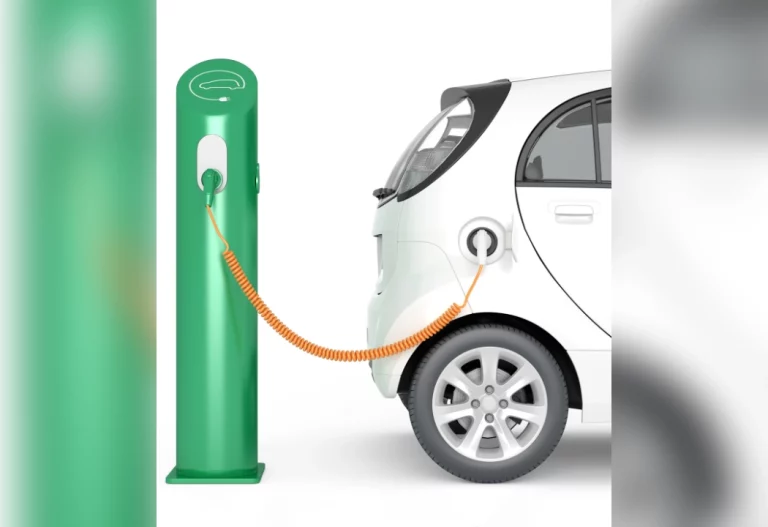The Rise of Electric Vehicles: Transforming the Automotive Industry
Electric vehicles (EVs) are reshaping the automotive industry, offering a sustainable alternative to traditional internal combustion engine (ICE) vehicles. This article delves into the factors driving the rise of EVs, their benefits, challenges, and the future of electric mobility.

1. Environmental Benefits
One of the primary drivers behind the rise of electric vehicles is their potential to reduce greenhouse gas emissions and air pollution. Unlike ICE vehicles, EVs produce zero tailpipe emissions, significantly lowering their environmental impact. As the electricity grid becomes greener with more renewable energy sources, the overall carbon footprint of EVs continues to decrease.
2. Technological Advancements
Advancements in battery technology are crucial to the growth of electric vehicles. Lithium-ion batteries have become more efficient, with higher energy densities and longer lifespans. Innovations such as solid-state batteries promise even greater improvements in performance, safety, and charging times. These technological advancements make EVs more competitive with traditional vehicles.

3. Government Policies and Incentives
Government policies and incentives play a significant role in promoting the adoption of electric vehicles. Many countries offer subsidies, tax breaks, and rebates to reduce the cost of purchasing EVs. Additionally, regulations such as stricter emission standards and bans on ICE vehicles in certain areas are accelerating the shift towards electric mobility.
4. Cost Savings
Although the initial purchase price of EVs can be higher than that of ICE vehicles, the total cost of ownership is often lower. EVs have fewer moving parts, which results in lower maintenance and repair costs. Moreover, electricity is generally cheaper than gasoline or diesel, providing significant savings on fuel expenses over the vehicle’s lifetime.

5. Infrastructure Development
The development of charging infrastructure is essential for the widespread adoption of electric vehicles. Governments and private companies are investing in the expansion of charging networks, including fast-charging stations along highways and in urban areas. Home charging solutions are also becoming more accessible, allowing EV owners to conveniently charge their vehicles overnight.
6. Diverse Vehicle Options
The EV market has expanded to include a wide range of vehicle types, from compact cars to SUVs and trucks. This diversity allows consumers to choose electric vehicles that meet their specific needs and preferences. Additionally, major automakers are committing to electrifying their fleets, further increasing the availability of EV options.
7. Consumer Awareness and Demand
Increasing consumer awareness about the environmental impact of their choices is driving demand for electric vehicles. Many consumers are motivated by the desire to reduce their carbon footprint and contribute to a cleaner environment. As more people experience the benefits of EVs, including their smooth and quiet operation, the demand continues to grow.

8. Challenges and Barriers
Despite the positive trends, the adoption of electric vehicles faces several challenges. Limited driving range, long charging times, and the availability of charging infrastructure are common concerns. Additionally, the mining and disposal of battery materials raise environmental and ethical issues that need to be addressed.
9. The Role of Automakers
Automakers are at the forefront of the transition to electric mobility. Companies like Tesla, Nissan, and Chevrolet have been pioneers in the EV market, while traditional automakers such as Ford, General Motors, and Volkswagen are making significant investments in electric vehicle technology. Collaborations and partnerships within the industry are accelerating the development and deployment of EVs.
10. The Future of Electric Vehicles
The future of electric vehicles looks promising, with continuous advancements in technology, increasing government support, and growing consumer demand. The transition to electric mobility is expected to accelerate, with predictions that EVs will account for a significant share of the global vehicle market in the coming decades. This shift will play a crucial role in achieving sustainability goals and reducing the transportation sector’s environmental impact.



































